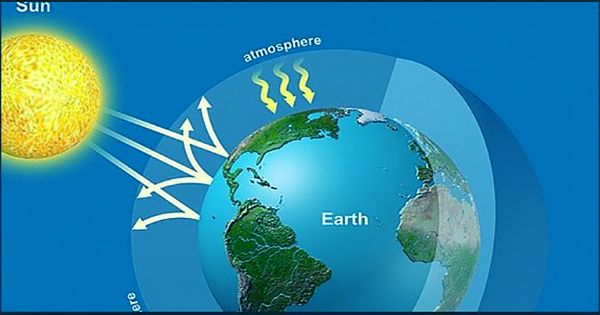Volcanic eruptions may reflect more sunlight and induce temporary cooling on the planetary scale by injecting particles and sulfur dioxide into the upper atmosphere. This has inspired proposals to do something similar on an industrial scale. Some proponents argue that such projects would be cheaper than the rapid replacement of fossil fuel burning industries. Others see the concept as something acceptable, rather than a balance to the already released gases, rather than a rapid emission reduction.
Attempts to cool the planet, known as geoengineering, will not be effective if carbon dioxide levels continue to rise, a new study claims. While such projects could prove to be an effective tool in efforts to curb carbon dioxide emissions, they will fail as an alternative, the researchers said.
All of this is trivial, but if geoengineering doesn’t really work, then Tapio Snyder, a professor at the California Institute of Technology, is trying to answer a question. In the proceedings of the National Academy of Sciences, Snyder and co-authors conclude that geoengineering can operate at the existing atmospheric concentration of carbon dioxide, but will fail if those layers exceed a significant polarity.
Geoengineering efforts could potentially accommodate the radioactive capture effects of CO2 and other greenhouse gases. However, once the gates are crossed, the fall of the clouds represents the culmination of a civilization that does not present any amount of resistance to geoengineering. Moreover, once these clouds have left, the level of carbon dioxide must fall much farther before the stratocumulus clouds return.
Centuries after the Industrial Revolution, carbon dioxide levels are still less than a quarter of Snyder’s geoengineered tipping point. However, if emissions continue, we will eventually get there. Furthermore, the 1,700 ppm level is only an estimate, in subtropics, it may start earlier.
Geoengineering already faces other criticism. For example, it has the potential to change rainfall patterns, with potentially catastrophic consequences in some areas. Critics also point out that it does nothing to solve problems such as acidification of the oceans and can only make them worse.
Either side accepts this argument, considering accompanied the issue of geoengineering according to Snyder’s work if it puts carbon dioxide levels just below the clouds where they can make noise with the clouds.















